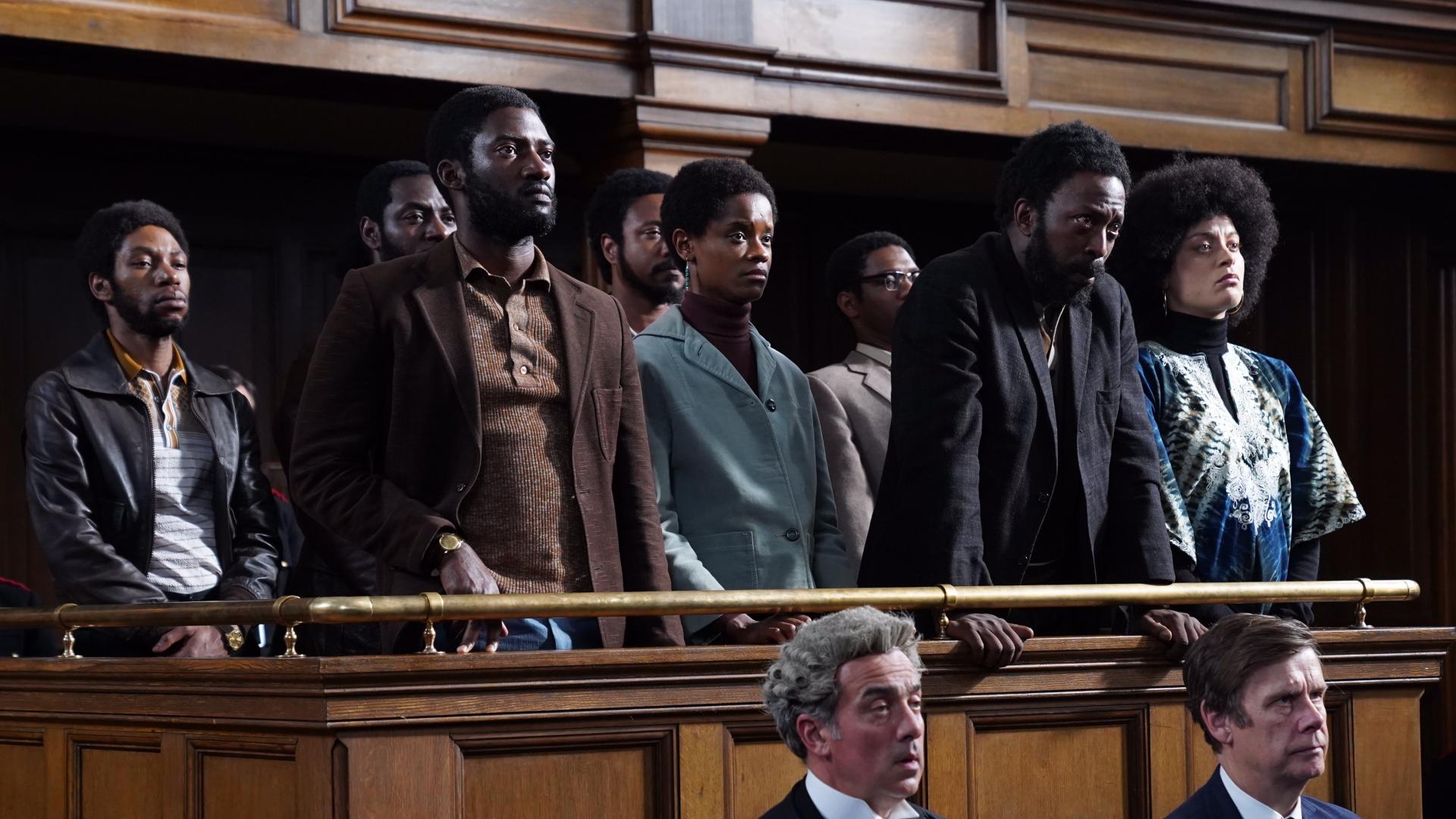By Lisa Kraege, Humanities Council
When Professor of English Esther Schor began planning Multicultural London: The Literature of Migrants and Immigrants, it didn’t involve virtual mapping or guest speakers on Zoom. “It’s a convergence of two great interests of mine,” Schor says. One is London, where she lives during the summer, and the other is her work as the co-director of the Migration Lab at Princeton, an interdisciplinary research community centered on contemporary migration issues. The class was supposed to take place in London, allowing students a lived experience of a city that has a long history as a magnet for immigrants and migrants, but the pandemic forced Schor to reorient the focus of the class from real place to virtual place.
With the aid of a Humanities Council Rapid Response grant, Schor was able to innovate and try new things in reworking the format. The syllabus stretches from early-19th century texts like Oliver Twist through to contemporary works like Zadie Smith’s NW and Steve McQueen’s Small Axe film series. The reading list is supplemented with guest speakers working on immigration issues, as well as projects in lieu of the standard papers.
Among the speakers are activists, writers, filmmakers, and professors, like Dr. Nadia Valman, professor of urban literature at Queen Mary University of London, and activist Zrinka Bralo from Migrants Organise.
In a recent class, the guest speaker was Kolbassia Haoussou, an activist with Freedom from Torture. Haoussou spoke about his experience fleeing from a military camp in Chad, the loss of his family, and his eventual arrival in London and subsequent trials with the British Home Office. The Zoom setting didn’t detract from the intimacy of the talk, and students were able to ask Haoussou questions directly. Haoussou’s experience was incredibly personal and yet also inherently tied to the themes of the class.
“One theme of the course has been that people think of migrant fiction in terms of family,” Schor explains. Another is a sense of great loneliness. “It’s place that is the link,” she says. “The speakers help make that vivid.”
Nsomma Alilonu, a senior Computer Science major, says that she’s learning a lot from the speakers. She signed up for the class partly because she was interested in immigration stories as a first-generation American herself, and wanted to know more about the British experience. “I didn’t realize how important the speakers would be. They’re definitely one of my most favorite things that we do in the class,” she says.
The guests not only bridge the gap between Princeton and London, they also bridge the gap between historical literature and the present moment. Junior English major Asad Hussein elaborates. “Reading about London’s past and hearing about its present, we discover that ideas of the foreigner have persisted for a long time, each generation asking the same questions of a new group of people.”
Hussein’s point is particularly apt given the rising xenophobia in both the US and the UK. Part of what the course does is translate what immigration and xenophobia look like in the British context. “I think that there’s been so much discussion about migration and immigration in this country but the issues are different, the history is different, the imperial context is different,” Schor explains. The class shows that contemporary issues like the Windrush Scandal or racism in the NHS are part of the same story as artistic depictions of migrant London.
The other way Schor is bridging the gap between real place and virtual place is through the assigned projects. One project has students use immersive virtual maps to see how London might have appeared at different points in the city’s history. “It does help me understand the literature a bit more,” says Alilonu. “You hear the names of these English towns and cities and you’re like okay that’s a place, and then you see it on the map [and it’s a real place].”
Hussein agrees that these tools make the city feel more real. “The visuals have allowed me to imagine the city and observe it changing, mapping its past and present,” he says. “The texts sketch a London that’s fuller than the city I had encountered in my previous readings. It now feels like overhearing the city, but this time with more variance in the voices.”
Another project combines the formal tools like close reading with big-picture, sociohistorical thinking. That project has a “double vision,” Schor explains. “The old skills go inside the text and inside the language,” whereas “the second part is asking them to zoom out and have them ask what questions they could ask to link them to the social historical world.”
Schor knows that the virtual experience of London isn’t the same as being there. “There’s the sensuous experience of travel, the contact that your feet make with various kinds of pavement, hearing language…,” she says, which can’t really be replicated online. But she hopes that the tools of the class will become useful. “I’m trying to leave them with some digital skills,” she says. “If they practice the skill they can bring it to any private or public teaching, or it can be a skill to bring to a job.”
















